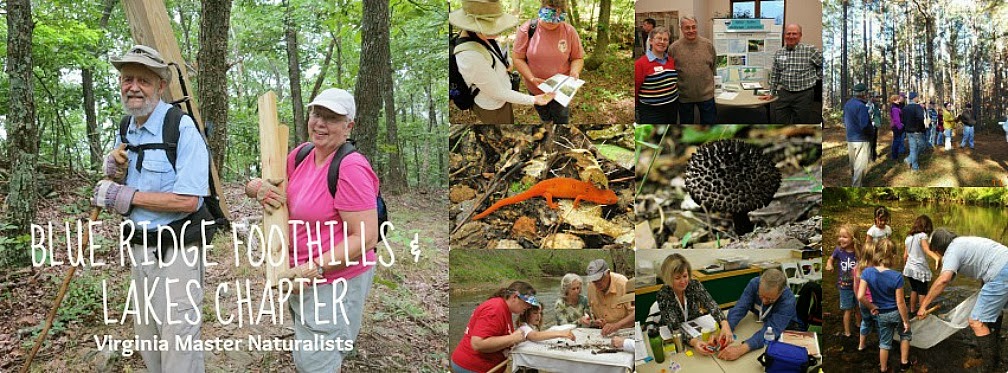Thanks to a grant awarded to the BRFAL chapter by the National
Science Foundation local volunteers have been assisting in an attempt to
restore fields at BTW to native grasses and wildflowers both to provide habitat
for native birds, insects and mammals
and to more accurately reflect how that field might have appeared during the
time of Booker T. Washington. The field,
which is hayed by a local farmer, is being taken over by invasive Johnson grass
which is not desirable for cattle feed or for forage.
The grant was awarded with the understanding that the concept of
Collaborative Science would be utilized in studying which native grasses and
forbs (any herb that is not a grass or grasslike) might best compete with the Johnson Grass. More information about this process can be
found at collaborativescience.org .
A plot of 20 meters by 32 meters was laid out in the field, and it
was mowed and treated with herbicide. It
was then divided into smaller plots which were planted with three different
seed mixtures: Tall grasses & wildflowers, Short grasses & wildflowers,
and forage (switchgrass). This work was
completed last Spring.
Since we had a rather wet Summer our seeds germinated rather well
and now we have a growing plot. We are monitoring the plots by assessing
germination and the rate of return of Johnson Grass. It is hoped that this will provide a plan for
native restoration at the park that will have good results. We are being assisted in all of this by Dr.
Ryan Klopf from DCR who is also our chapter adviser. Here are a few pix of our crack team
assessing what grew well and what didn’t.
 |
| Crack Team of Citizen Scientists |
 |
| Guy & Ryan getting in to it |
 |
| Counting species in one square meter |
Text by Meg
Pix by Rich

No comments:
Post a Comment
Thanks for your comment and interest! NOW GO OUTSIDE!